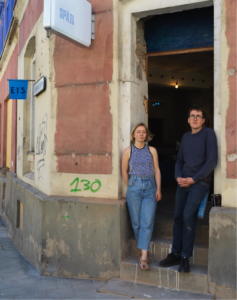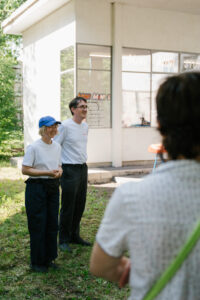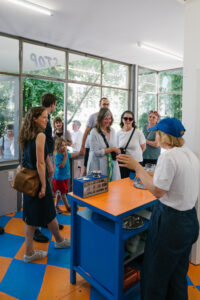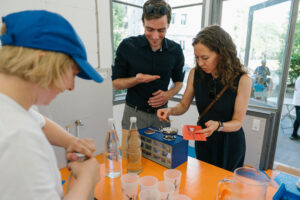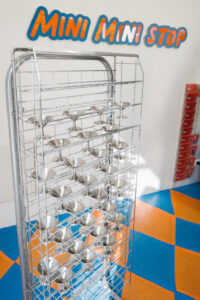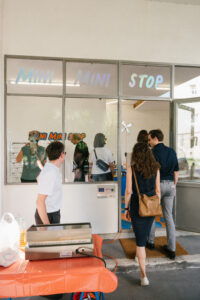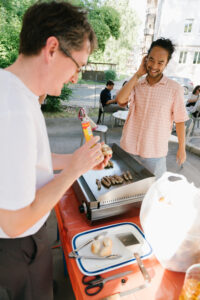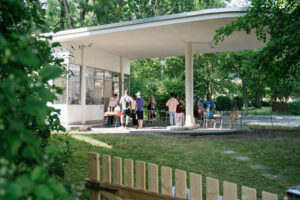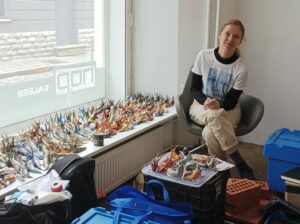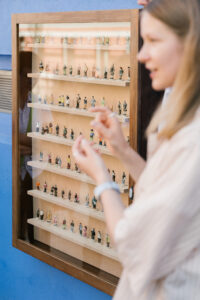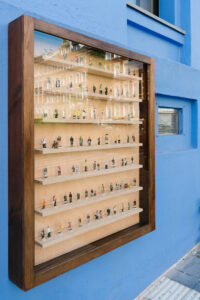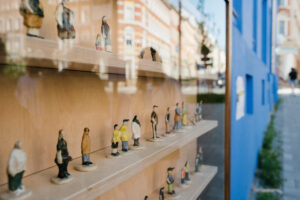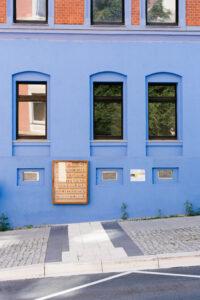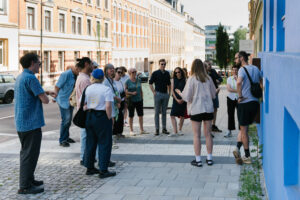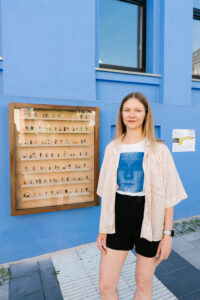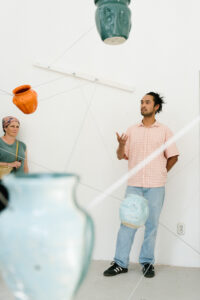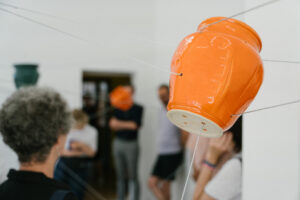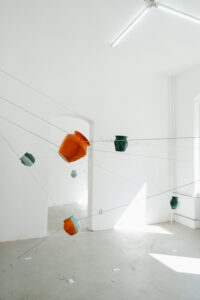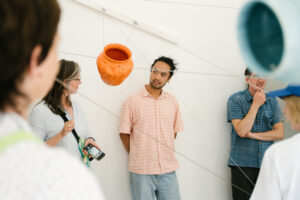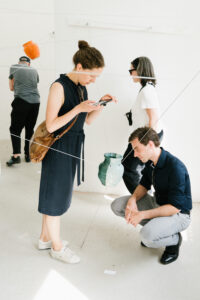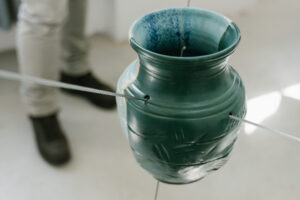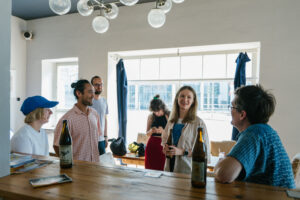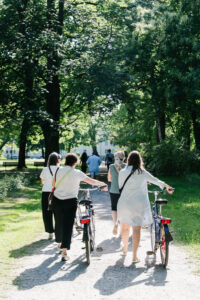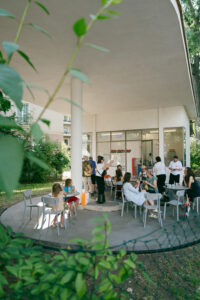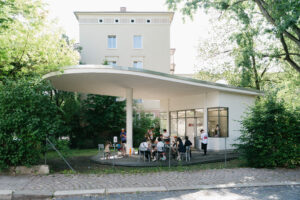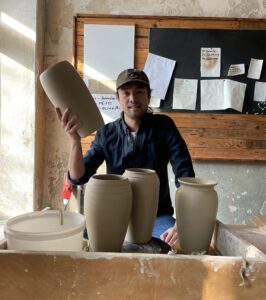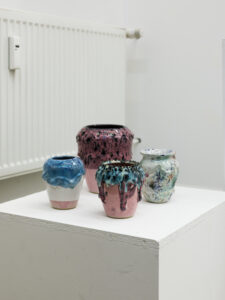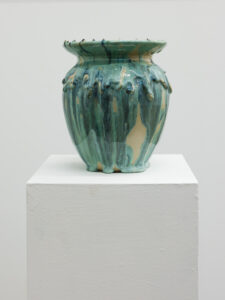Ungleichheit prägt unsere Gesellschaft, in der Nachbarschaft, in Europa, in der Welt.
Sind Mangel und Überfluss nur eine Frage der Perspektive? Können Privilegien belasten? Geht Kunst ohne Gunst? Wem ist was vergönnt und was können wir uns angesichts der Klimakrise, global und gegenseitig gönnen?
Die Dialogfelder wollen die Ambivalenzen von Privilegien als gesellschaftliche Last und individuellen Luxus untersuchen.
Mit den Erfahrungen und Blickwinkeln aus verschiedenen sozioökonomischen Hintergründen eingeladener Künstler:innen und beteiligten Partner:innen suchen wir Momente, die in Chemnitz Gemeinsinn stiften.
Dafür lädt der Klub Solitaer e.V. je zwei internationale Künstler:innen zeitgleich auf den Chemnitzer Sonnenberg ein. Ihre fünfwöchige Recherche mündet in künstlerischen Interventionen für den öffentlichen oder halböffentlichen Raum.
Chemnitzer Kreative begleiten die Dialogfelder in unterschiedlichen Rollen. Zum Einen bringen sie als Hosts von ausführlichen Welcome Weekends ihr lokales Expert:innenwissen ein und schaffen Anknüpfungspunkte zur Stadtgesellschaft und Akteur:innen vor Ort. Zum Anderen wird neben den Interventionen ein künstlerisches Spin-Off von jungen Chemnitzer Kreativen geschaffen.

